Update: We now have a web page dedicated to best practice Catch and Release fishing.
The Wild Trout Trust is not a fishing organisation but a charity concerned with the conservation of wild trout and their habitat. Many of our supporters are trout anglers, and many of the people we advise and give practical help are involved with fishing. Our experience is that enlightened anglers are amongst the very best conservationists.
Enlightened anglers love the whole experience of being out in a river or on a lake and appreciate all wildlife and its place in a balanced ecosystem. They are very often the first people to spot a problem, whether that is a pollution incident or invasive species, and care enough to get involved and get the problem fixed.
Wild trout fishing is an aspiration for many anglers. It is sometimes perceived as being exclusive, expensive, hard to access and difficult. It can be all of these things, but very often is not. Another common misconception is that wild trout are small trout. In some places they are, but many are not.
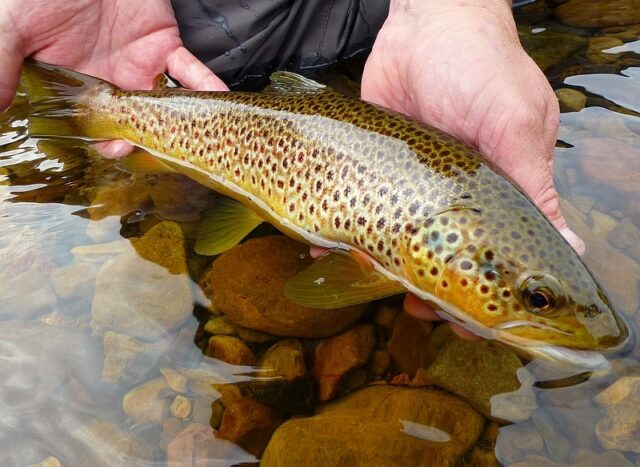
Where to fish
Many rivers in both urban and rural areas are home to wild trout. There are hundreds of small angling clubs and syndicates and many affordable day ticket waters.
A good place to start is our Spring Auction held in March each year on our own auction site and by post, which features 300 or so lots, many of which are affordable days of wild trout fishing across the UK and Ireland. Buying a lot in the auction will not only get you a day of fishing, but you will often be accompanied by someone who will guide you, or share his or her knowledge of the river with you. Looking through the catalogue will also give you lots of ideas about other places to fish.
Many angling clubs will sell day tickets in local shops or (increasingly) online.
The Fishing Passport run by the Wye and Usk Foundation has a huge range of fishing in Wales and further afield. Other ‘passport’ schemes, run by Rivers Trusts and which give easy day ticket access include The Westcountry Angling Passport, the Tyne Angling Passport, Peak Passport (Derbyshire) and Ribble Passport (Lancashire).
Fishing in Wales is a very comprehensive website with links to clubs and day tickets as well as good advice on tackle, tactics and places to fish.
Fishing in urban areas has become popular in recent years, thanks in part to WTT’s Theo Pike and his book, Trout in Dirty Places, which describes fishing on 50 urban rivers around the UK.
There are a number of fishing hotels and pubs who specialise in catering for wild trout anglers and have their own water, for example The Arundell in Devon runs courses on wild trout fishing on their own waters. The Peacock at Rowsley has exclusive fishing on the Rivers Wye and Derwent in the Peak District. The Scourie Hotel in Scotland have their own private wild trout fishing on a myriad of lochs. The Inn at Whitewell in Lancashire has seven miles of fishing on the River Hodder.
There are a number of fishing agencies (for example, Famous Fishing) who will arrange fishing and guiding on the Wessex chalk streams. Chalk stream fishing, especially in Hampshire and Wiltshire, is highly prized and exclusive and priced accordingly. Many beats are stocked with farmed trout so do ask before you book if you are looking for wild trout fishing.
There are some examples of the very different types of fishing available in the gallery below (click on the image).
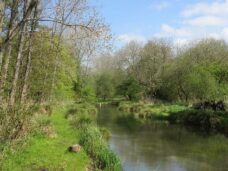
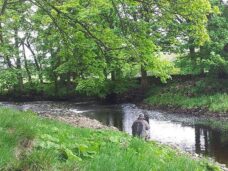
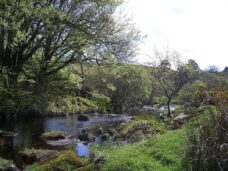
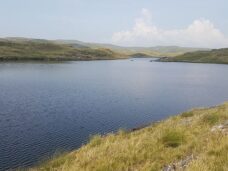
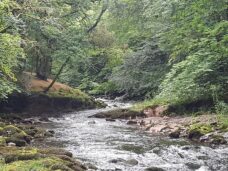
Rules and Regulations
Almost all fishing in the UK is owned by someone. The rights to fish are generally held by the landowner or may be let or sold to an angling club. You are responsible for ensuring that you have permission to fish. Fishing without permission is poaching and a criminal offence under the 1968 Theft Act (unlike trespassing, which is a civil offence).
In England and Wales, you need a licence from the Environment Agency to fish for trout, and a full migratory licence if you are fishing for sea trout. Details on how to obtain a licence for England and Wales are here. For Northern Ireland you also need a licence, details are here.
There are closed (or, more correctly, ‘close’ ) seasons that vary by region and country. For full details, click on the relevant country:
England and Wales
Scotland
Northern Ireland
Republic of Ireland
Tackle
Almost all wild trout fishing in rivers involves wading, so thigh or (ideally) chest waders are essential. They are also very comfortable in the rain and for sitting, kneeling and creeping about which is always part of a wild trout fishing day.
If you are fishing in more than one catchment, be aware that felt soled wading boots can transfer disease and invasive species. The best solution is to use the new generation of wading boots that are designed to grip on wet rock but can be easily cleaned. Click here for details on how to check, clean and dry your tackle.
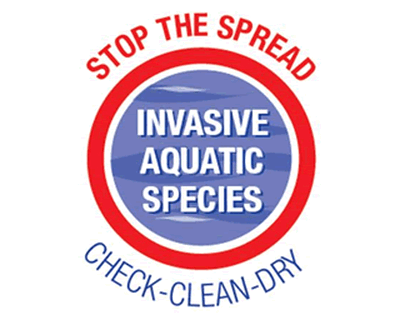
What rod and line you need will depend on the size of the river you are fishing. If you are lucky enough to have one, your local tackle shop will give advice. If not, then the big online retailers (for example, Sportfish) provide excellent advice on their websites and over the phone.
How to fish for wild trout
If you are new to fly fishing, we would advise you to take some casting lessons to get you started. The Game Angling Instructors Association and the Association of Advanced Professional Game Angling Instructors websites have lists of qualified instructors, many of whom are also fishing guides.
These are some of the skills that you need for wild trout that you may not need for stocked lake trout:
- Know how to ‘read the water’ – i.e. work out where the trout are likely to be. Although acquiring this skill is a lifelong occupation, you can get a huge leg up in recognising habitat features that are magnets for adult trout by fishing with an experienced angler. A day out with a professional guide on a river will be a good investment. Articles such as this one from our journal, Salmo Trutta, are also helpful.
- Move quietly and carefully into position so that you don’t spook the fish.
- Recognise what trout are (or might be) feeding on and select a fly that resembles their food.
- Cast the fly accurately over a short distance, often surrounded by bushes and trees that do their best to catch your fly. No double hauling, but short overhead casts, roll casts, side casts or bow and arrow casts.
- Patience to retrieve your fly from wherever it has become tangled.
- A large supply of flies and leader material for when your patience runs out.
- Pliers and wet hands to ensure you can release the trout quickly and without damage.
- It will help your enjoyment of the day if you expect to catch just one or two beautifully marked small trout. Whilst trout of 2lb and (much) more are increasingly common on some rivers, it takes experience to find them and catch them. Seeing a kingfisher, dipper or otter will add hugely to your experience, so take time to stand and watch for wildlife as well as rising trout.
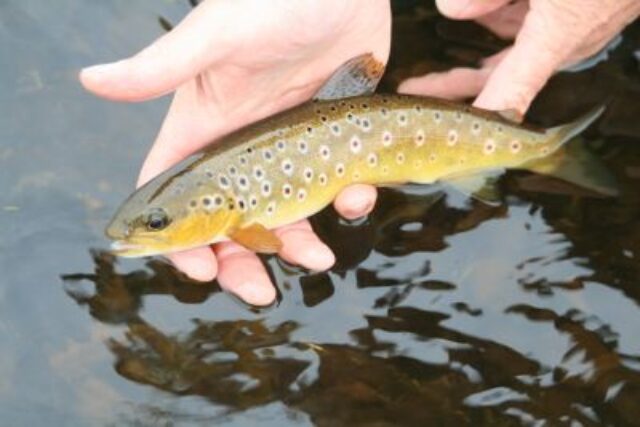
Learn from Fly Fishing Videos
Catch and Release
Wild trout are a precious resource and filling the freezer with them is not sustainable! Wild trout that are caught and released carefully will live to breed and be caught again.
Catch and release can make a huge difference to the quality of fishing on a wild fishery. Visit our dedicated Catch and Release web page for more information on this essential skill.
A good game fish is too valuable to be caught only once.
How to release trout unharmed
- Use tackle that is an appropriate strength for the size of fish you expect to catch: this will help you avoid having to play fish for a long time before landing. Long fights in warm weather are especially damaging.
- Use barbless hooks and have pliers to hand in case of difficulty. If the fish is deeply hooked, cut the line as the hook will work its way out and this is less damaging than a prolonged wrestling match.
- Always use wet hands to handle fish and handle as little as possible. Avoid squeezing it as this damages internal organs.
- Keep the fish in the water and avoid landing it on the bank or on gravel as this removes the surface slime and leaves the trout vulnerable to fungal infections.
- Photograph your fish close to the water, holding it out of the water as briefly as possible
- Measure it rather than weigh. Convert length to weight using this table.
- Release the fish by pointing its nose into the current so that water is flowing over its gills.
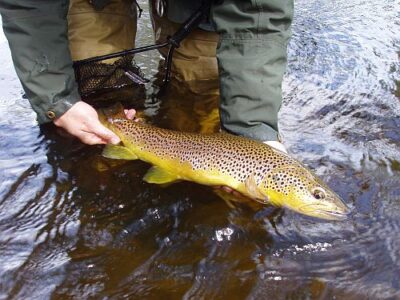
This video clip from New Zealand shows ‘best practice’ for catch and release and taking photographs.